For all those who believe saying no to your kids isn’t an option when it comes to smartphones and social media, let me introduce you to Dallas parents Michael and Natalie Sorrell.
The Sorrells are that rare couple who not only don’t allow 13-year-old Mike and 9-year-old Sage to have phones and social media but don’t find their decision extraordinary.
Theirs is an enormously busy life, not unlike many other families in North Texas. Michael is president of Paul Quinn College. Natalie works full time in the world of investment.
Mike, a student at St. Mark’s, is a talented basketball player and member of Southern Assault, the Adidas-sponsored AAU (Amateur Athletic Union) team. Sage, a Hockaday third grader, is passionate about tennis and her many friends.
As the five of us sat around the family’s dining room table in Far North Dallas, the conversation repeatedly turned to the Sorrells’ determination to be the primary influencers of their children for as long as possible.
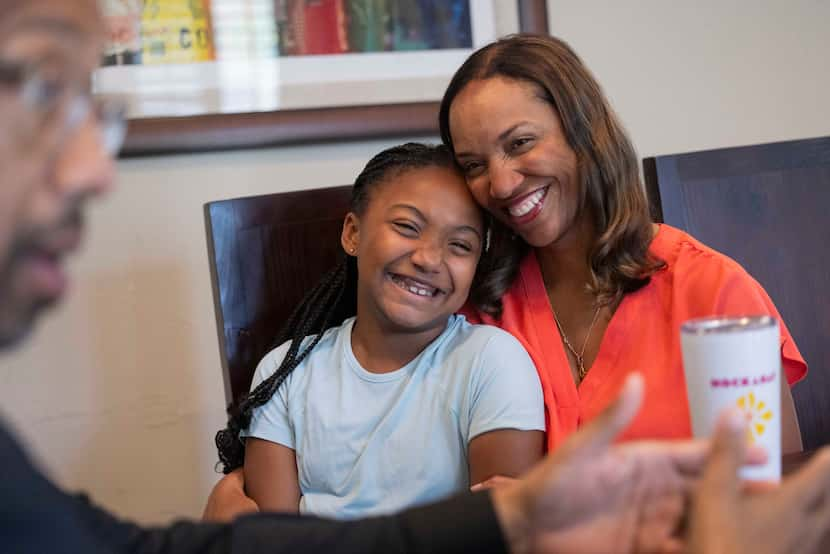
“We are tasked with producing kids who grow up to be men and women who are well adjusted,” Michael said, “who are capable of being secure in themselves and trust themselves.”
Why turn that responsibility over to a toxic online world that stirs up anger, condones vile treatment and even puts democracy at risk, Michael asked. “We are supposed to believe those people are better equipped to craft a life for our families?”
Dr. John Burruss, CEO of Metrocare Services, Dallas County’s largest mental health provider, has a front-row seat on the impact of smartphones and social media on young people. His operation sees about 2,000 people daily for mental health needs; one-third of those are children or teens.
Social media algorithms intentionally push content that sparks fears in young people, Burruss said. The sense of missing out, of being bullied or of increased isolation “is now in your face 24 hours a day,” he told me.
Yet parents continue to cave in to pressure from even their youngest kids, the tech industry and society’s often-skewed values.
Natalie and Michael are hypersensitive about how precious their time is, especially with Mike entering his teen years. “They are young and still developing their bodies, their brains, their minds, their hearts, their spirits,” Natalie said. “Hand them a phone and now there are hundreds of thousands of influencers.”
Mike was open with me about how not having a phone can be tough, especially because he has no idea what his friends are talking about when conversation turns — as it invariably does — to what’s hot on Snapchat or TikTok. “They’ll ask me what I think, then they remember and say, ‘Oh yeah, you don’t have a phone.’”
“When will you ever get one?” is a frequent question. “Maybe when I start to drive” is Mike’s hopeful response.
“Sometimes I think it’s a little unfair because I’ve done things to show I should have that privilege,” he said. “But I understand they know what’s best for me.”
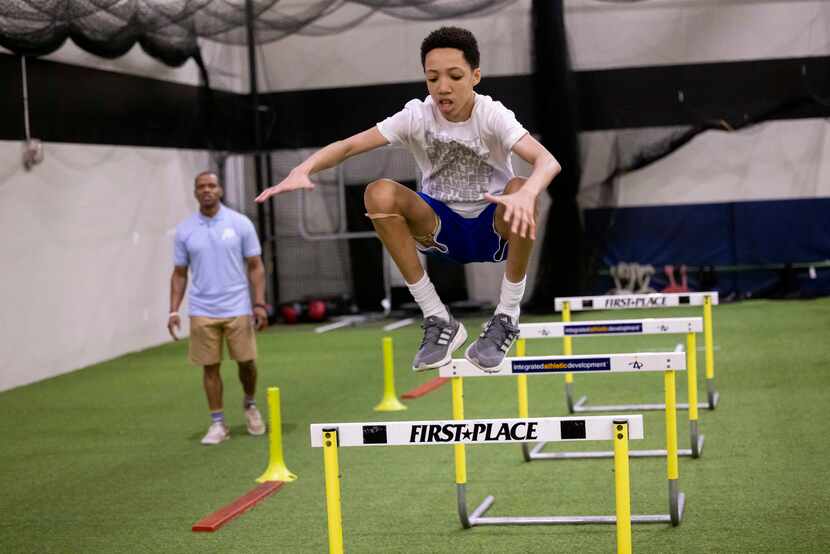
Mike’s dream is to play basketball at a Power Five conference school, preferably Duke or the University of Michigan, then on to the NBA and a long career in business.
Michael allows Mike to have a basketball-focused Instagram, @iam_michaelasorrell, which lives on Dad’s phone. Michael keeps a close eye on the account and the two work together on what Mike posts. He is allowed to look at the account only once a week.
“I wish he’d let me check it a little more, but it’s all good,” Mike said with a laugh before noting he recently announced his intentions “to enter the parent transfer portal and find a family that would let me have a phone.”
The best part of the story? “But don’t tell Mom about it,” Mike said to his dad.
The Sorrells’ relatively unplugged world is easier on Sage, who said few of her friends have smartphones. “It will be a long, long time before I have a phone,” she said. “I have enough entertainment with my athletics, my school and with friends.”
Sage’s point of view is a refreshingly far cry from results from a national survey indicating one-third of children between the ages of 8 to 12 want to become online stars when they grow up. Another survey indicates one-third of girls 11 to 15 use the word addicted to describe their use of social media.
“How do you keep these kids off their phones?” is a hot topic in Natalie’s parent circles. She doesn’t share her family’s decision unless specifically asked.
One recent exchange went like this: “How do you have a 13-year-old without a phone?” “Well, we didn’t purchase one.” “How do you know where he is?” “He is where I dropped him off or he’s with us.”
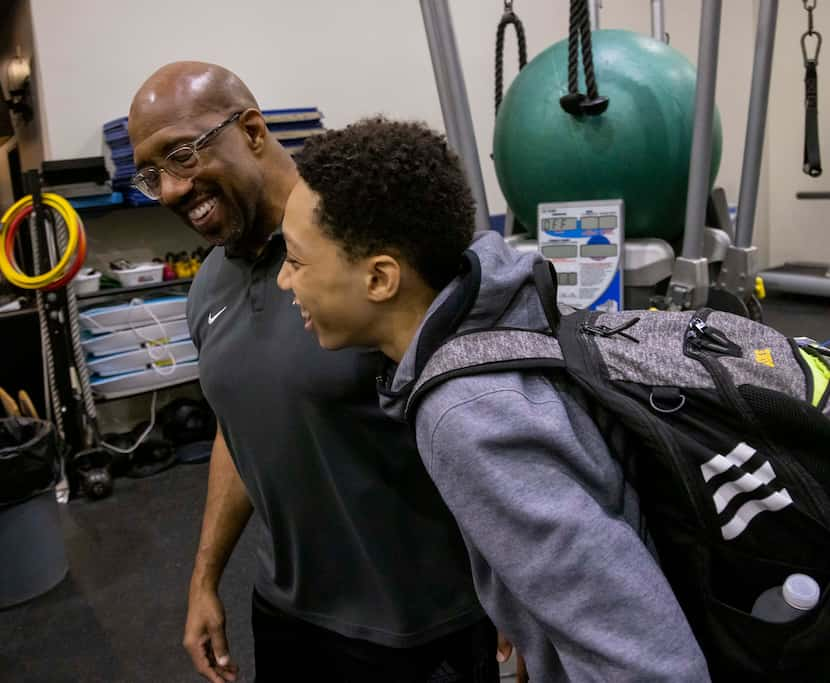
Natalie and Michael are steadfast about their family being laser-focused on the kids and their development and experiences. “You can have a busy family and busy life and make choices where screens are not at the center of their children’s existence,” Natalie said.
As a college president, Michael knows the real-life consequences of social media’s pull. He sees it in students’ shortened attention spans, their lack of empathy and their record levels of anxiety and depression.
The problems start as soon as children and teens begin looking down at their devices rather than the world around them, Michael said. “They aren’t developing emotional intelligence and the ability to just live rather than watch someone else live or comment on someone else’s experience.”
The growing research about social media’s impact on mental health prompted a wake-up call last year from the U.S. surgeon general: Adolescents who spend more than three hours per day on social media face double the risk of experiencing poor mental health outcomes, especially depression and anxiety. The same advisory noted teens spend an average of 3.5 hours per day on social platforms.
Metrocare CEO Burruss says the problem is so serious it begs for a national public-service campaign similar to those around tobacco and seat belts.
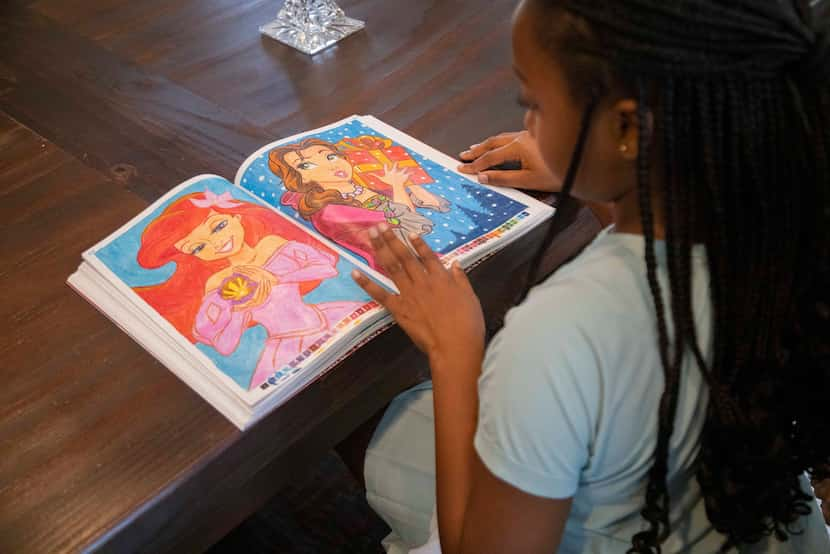
Burruss says mental health conditions can be divided roughly into three groups. Some face illness because of genetic predisposition; some have a genetic resilience so high they are almost immune. In the middle, Burruss said, are young people susceptible to factors such as social media. For them, too much screen time is one of the environmental factors that can lead to depression and anxiety — or worsen those conditions if they already exist.
In an online world where more views mean more revenue for social media companies, algorithms push the most emotion-laden content possible. “It’s inescapable and intentionally designed to create the highest emotion,” Burruss said, “even when that might be the worst for mental health.”
Bullying, which now can follow young people home on social media, is among the most dangerous aspects of today’s 24-7 digital world, Burruss said. Similarly, online access increases loneliness and FOMO, the fear of missing out. It also can trigger body issue concerns and worsen eating disorders.
“You spend hours a day on social media, looking through a window at things you don’t get to be a part of,” Burruss said. “What emotion results? Loneliness and despair.”
Burruss understands many parents won’t choose to withhold phones. However, he said, they must take charge and make prudent decisions about how much their children are online and what they are viewing.
He suggests tech-free zones, for instance at mealtime and in kids’ bedrooms in the evening. He also believes parents should spot-check their children’s online habits.
“You signed up for the phone and its service. Your kid did not,” Burruss said. “With that, you bought the responsibility.”
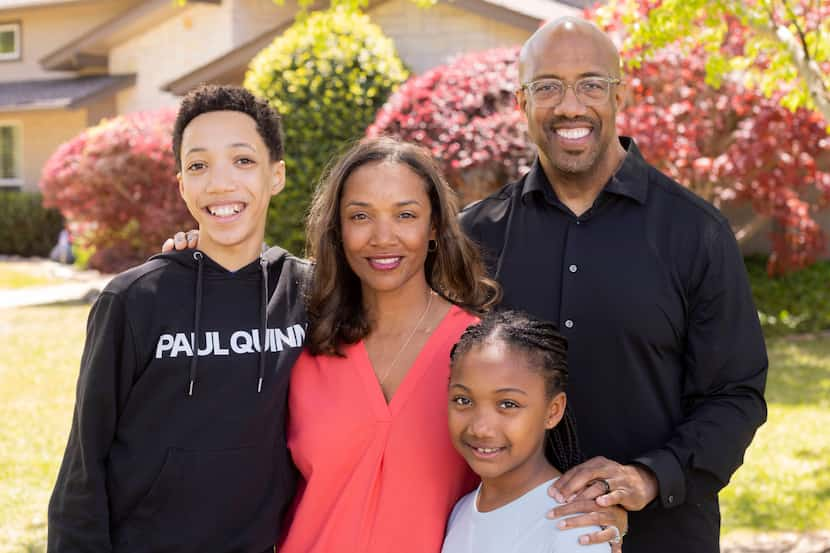

/cloudfront-us-east-1.images.arcpublishing.com/dmn/3PTVVLIGX5AHNA3N7PGQXEE7HI.png)
/cloudfront-us-east-1.images.arcpublishing.com/dmn/OIEZ4MD5QVFVDEY72QBGRG7D5Q.jpeg)
/cloudfront-us-east-1.images.arcpublishing.com/dmn/XQXAVNZZGEZG6XDK5GCBNZ2B4M.jpg)
:no_upscale()/cloudfront-us-east-1.images.arcpublishing.com/dmn/4QDVEJSJRRBTTP22M3JYUPGLRM.jpg)
/cloudfront-us-east-1.images.arcpublishing.com/dmn/GS3UVSU2EVC7XBGDJ5Q4FY5DIU.JPG)